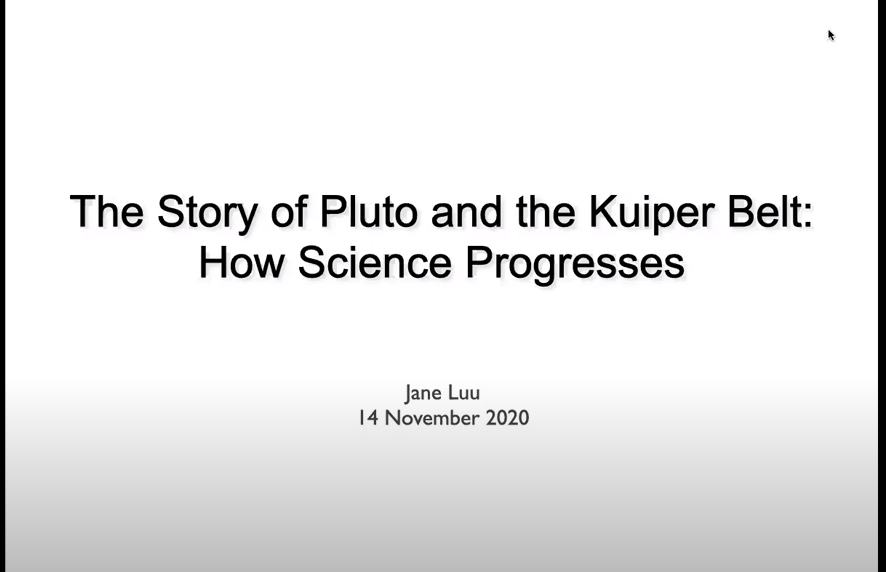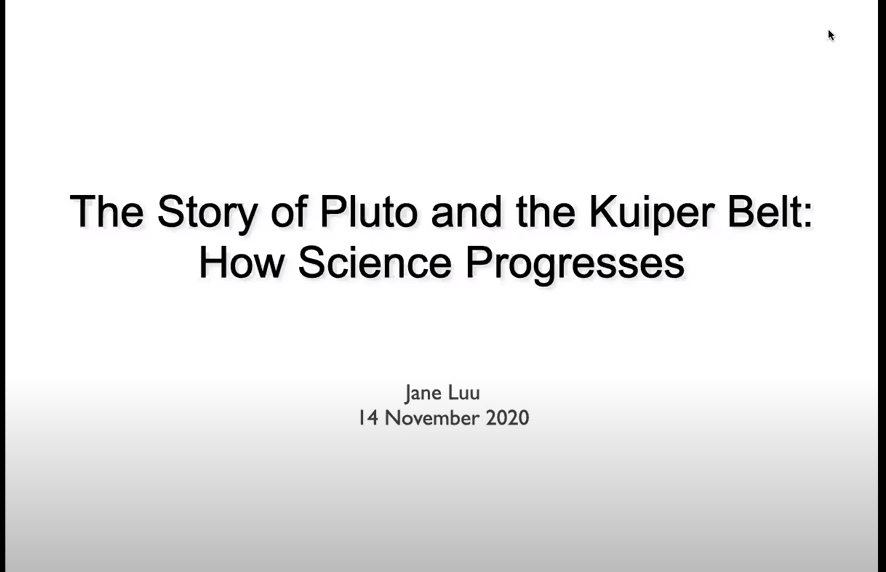NSTA Engage: Fall 20
The Kavli Foundation Keynote Presentation: The Story of Pluto and the Kuiper Belt: How Science Progresses. Engage Fall 2020
Earth & Space Science General Science Middle School Elementary High School Postsecondary
Soon after Pluto's discovery in 1930, astronomers noticed that it did not behave much like a planet: its orbit was highly inclined and so elliptical it even crossed the orbit of Neptune. Pluto’s image as an oddball persisted until the 1990s, when it was found to be part of the Kuiper Belt, a large population of icy bodies beyond Neptune consisting of material left over from the planet formation process. The discovery of the Kuiper Belt permanently changed our view of how the solar system formed, and showed that Pluto was not so odd after all. The Pluto–Kuiper Belt story is the quintessential example of how science works: change—whether we like it or not—is the only way science goes forward.
NSTA wishes to thank The Kavli Foundation for sponsoring this speaker.
Speakers
Jane Luu (Draper Laboratory: Cambridge, MA)
Presenter Materials for this Session




